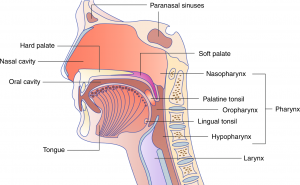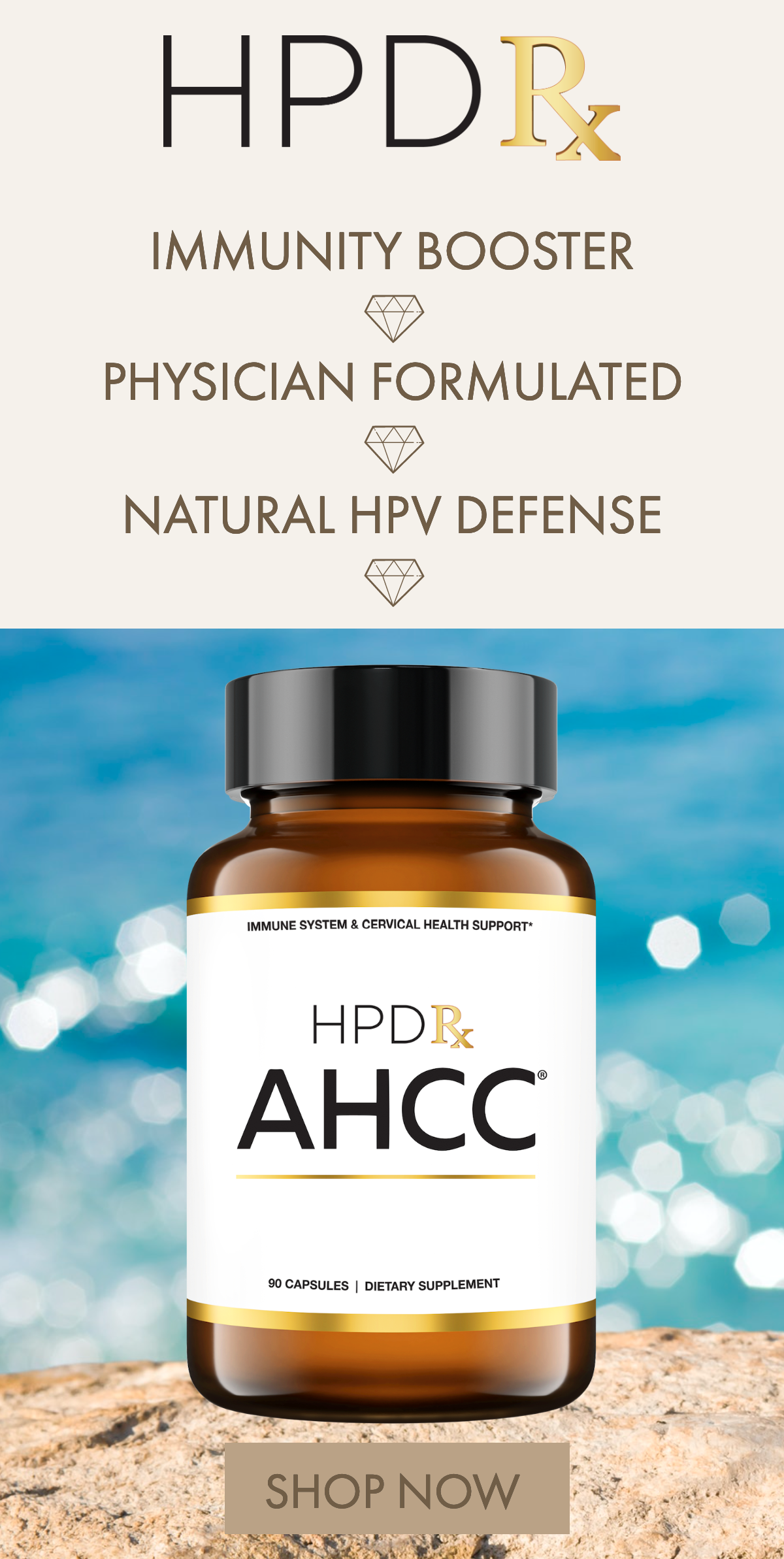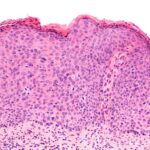
The human papillomavirus (HPV) infects roughly 80 million American men and women annually. It is a common sexually transmitted illness that only requires intimate skin-to-skin contact to contract it from an infected person. Oral sexual contact is one example.
For instance, if you put your lips and mouth on an infected area of a person’s body, such as their genitals, then it could cause you to develop oral HPV. The result could lead to wart growth on your lips, mouth, and throat.
Out of the 100+ strains of HPV, only about 40 cause oral warts to develop on the lips, mouth, and throat. More than 7% of sexually active Americans have oral warts, which is more common than you might think.
However, the biggest concern about oral HPV is the risk of developing oropharyngeal cancer. Certain high-risk HPV strains may cause cancer in the mouth and throat if contracted orally. These are the same high-risk HPV strains capable of causing penile, cervical, and vulvar cancers.
Therefore, you must understand how to recognize oral HPV and the best ways to prevent and treat it. Then you can reduce your risk of contracting a high-risk HPV strain in your mouth that could lead to oral warts or cancer.
Understanding the Causes of Oral HPV
You can contract oral HPV when your mouth touches the genitals or mouth of an infected person.
For example, if you have oral sex with a person who has genital warts, then you could develop genital warts in your mouth as a result. And it doesn’t matter if you’re a man or woman because both sexes are susceptible to oral HPV.
Unprotected oral sex is usually how the virus is transmitted to the mouth. The viral particles enter the person through any existing sores or cuts in the mouth or throat. Some evidence also suggests that infection can occur by existing viral particles on utensils and uncleaned medical instruments. So, you only put clean tools and devices in your mouth.
Oral HPV Symptoms
Around 40 HPV strains cause oral HPV symptoms like warts or bumps on the lips, mouth, tongue, and throat. The small oral lesions and growths resemble the shape of cauliflower in most cases. They may appear red, white, pink, flat, raised, small, and/or hard.
There could be one or multiple lesions in a single area of your mouth, tongue, or throat. You may not see these lesions, but you may feel them with your tongue or develop soreness in your throat if they exist in these areas.
Contact a doctor if you experience lumps, soreness, swelling, bleeding, pain, or other unusual symptoms involving your mouth, lips, throat, or tongue. Two particular high-risk HPV strains (types 16 and 18) have the highest probability of causing oropharyngeal cancer.
For this reason, it is critical to have a doctor monitor the symptoms to ensure they don’t progress into something worse like cancer.
Oral HPV Risk Factors
The best way to prevent oral HPV is to reduce the risk factors of contracting it. These risk factors include oral sex, deep kissing, smoking, alcohol, sex with multiple partners, and unprotected sex.
Smoking and alcohol consumption increase the risk of oral HPV, making your mouth more susceptible to cuts and sores. And if you have cuts and sores in your mouth, you’re more likely to contract the viral particles of your partner’s HPV infection.
Therefore, the ideal solution is to avoid smoking and alcohol consumption. Then practice safe sex whenever you have sex. And try to have fewer sexual partners if possible.
Get Tested for HPV
Primary care physicians and dentists are qualified to diagnose oral HPV based on the symptoms present in the oral cavity. A pap smear for women is not needed because that is geared more toward detecting genital HPV than oral HPV.
An oral HPV test looks specifically for oral HPV infections, which traditional HPV screening tests are not designed to detect. The doctor usually wants to remove a sample of the oral lesion via a biopsy to look for signs of cancer or HPV. A biopsy requires surgical excision of tissue from the oral lesion to study it under a microscope more closely.
Treatments for Oral HPV
It is possible to experience no symptoms from oral HPV if the infection is from one of the 60+ asymptomatic strains. Then your immune system should eradicate the virus within two years without you ever realizing the infection existed.
But if you contract an HPV infection from one of the 40+ strains known to cause symptoms, you will develop oral warts, bumps, and lesions. In this case, your doctor may recommend a topical ointment to slow their growth. If that doesn’t work, the next recommendation may be to remove the lesions surgically. Other forms of treatment include freezing warts via a cryotherapy procedure or antiviral protein injections to target warts directly.
Of course, the best treatments are preventative measures to avoid contracting oral HPV infections altogether. This means practicing safe sex, limiting your number of sexual partners, and getting regular oral examinations. And if you are 45 or younger with no history of HPV, ask your doctor about getting the HPV vaccine to prevent future infections from high-risk HPV types 16 and







